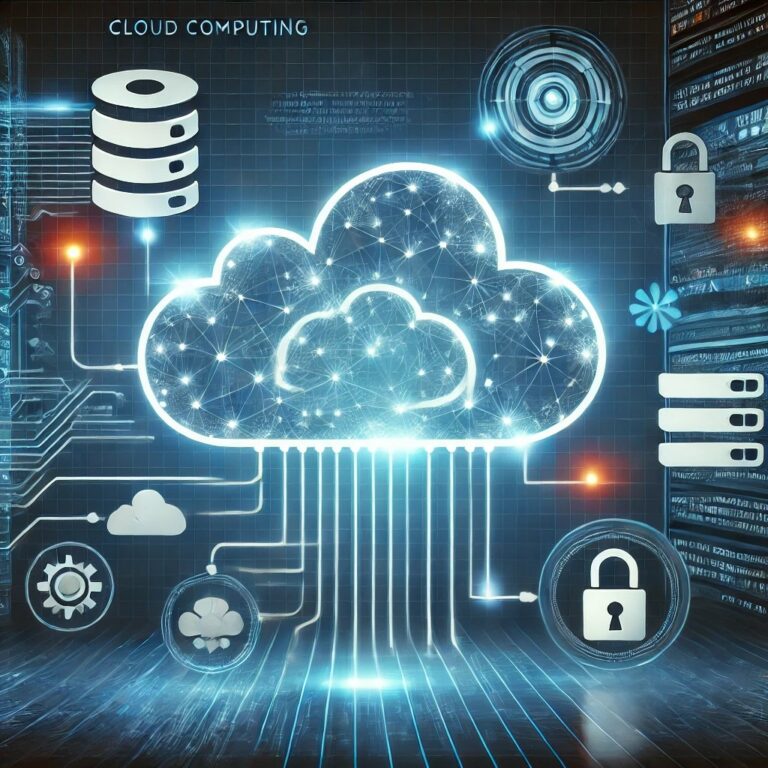Recently, PSCI sponsored and attended the Secure Delaware Conference, an annual cybersecurity workshop that offers valuable learning and networking for professionals in government, business, and academia.
This inspired us to highlight essential daily practices organizations can implement to enhance their cybersecurity posture, especially as remote work becomes more common.
Just as personal hygiene is crucial for health, cyber hygiene is vital for protecting your organization’s information.
Here are some simple, actionable steps to keep your data safe in a remote work environment.
How to Keep Data Safe in a Remote Work Environment
Use Strong, Unique Passwords
Encourage employees to create strong, unique passwords for all accounts, using a mix of uppercase and lowercase letters, numbers, and special characters. Implement a policy against easily guessable information, like birthdays or common words. Consider using a password manager to help employees securely store and generate passwords, especially for those accessing multiple systems from home.
Enable Multi-Factor Authentication (MFA)
Implement multi-factor authentication (MFA) across all critical systems. MFA requires users to provide two or more verification factors, like a password and a code sent to their mobile device, adding an extra layer of security. This approach makes it much harder for unauthorized users to access accounts, especially for remote employees on unsecured networks.
Regularly Update Software and Systems
Ensure all software, applications, and operating systems are updated with the latest security patches. Schedule regular maintenance to check for and install updates, as many cyber threats exploit vulnerabilities in outdated software. Automating updates can simplify this process and reduce the risk of human error, especially for remote employees without direct IT support.
Conduct Regular Data Backups
Implement a regular data backup strategy to protect against data loss from cyberattacks, hardware failures, or natural disasters. Perform backups frequently and store them securely, ideally both on-site and off-site or in the cloud. Ensure backup solutions for remote workers are accessible and user-friendly, and regularly test backup and recovery procedures to confirm effectiveness.
Educate Employees on Phishing Awareness
Phishing attacks remain one of the most common cyber threats. Provide regular training to help employees recognize phishing attempts, like suspicious emails or messages requesting sensitive information. This training is especially important for remote employees, who may be more isolated and less able to access immediate support. Encourage them to verify sources before clicking links or downloading attachments and establish a system for reporting suspected phishing incidents.
Secure Your Network
Secure your organization’s network with firewalls, intrusion detection systems, and secure Wi-Fi protocols. Encourage remote employees to use Virtual Private Networks (VPNs) when accessing company resources, especially on public Wi-Fi. Regularly update Wi-Fi passwords and limit network access to enhance security.
Monitor and Respond to Security Incidents
Establish a system for monitoring and responding to security incidents, with particular attention to remote employees who may be more vulnerable. Set up alerts for unusual activity, conduct regular security audits, and maintain an incident response plan outlining steps to take in case of a breach. This proactive approach helps identify and mitigate threats before they escalate.
Implementing effective cyber hygiene practices is essential for protecting your organization’s data and reducing the risk of cyberattacks, especially in a remote work setting. By following these daily practices, you can create a culture of cybersecurity awareness within your organization and significantly enhance your overall security posture.







